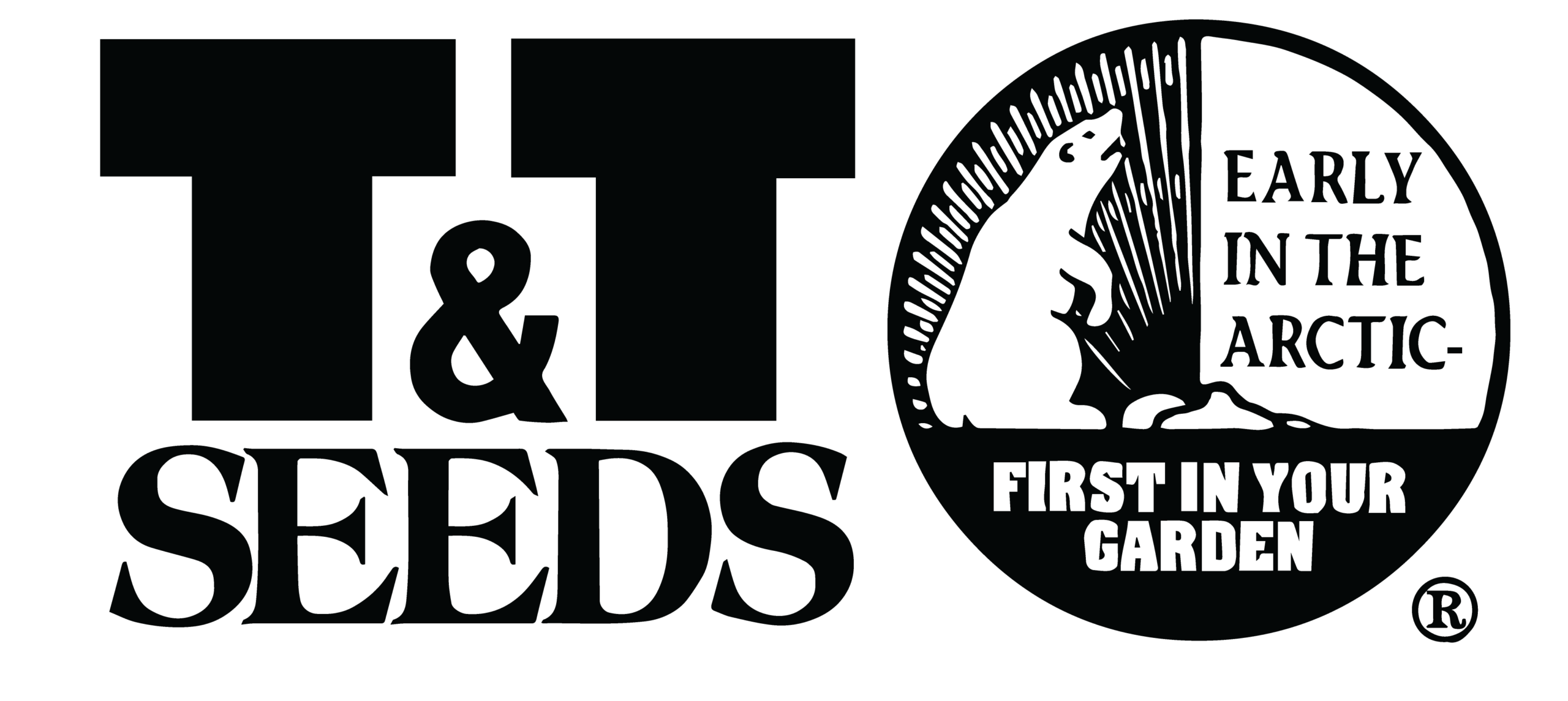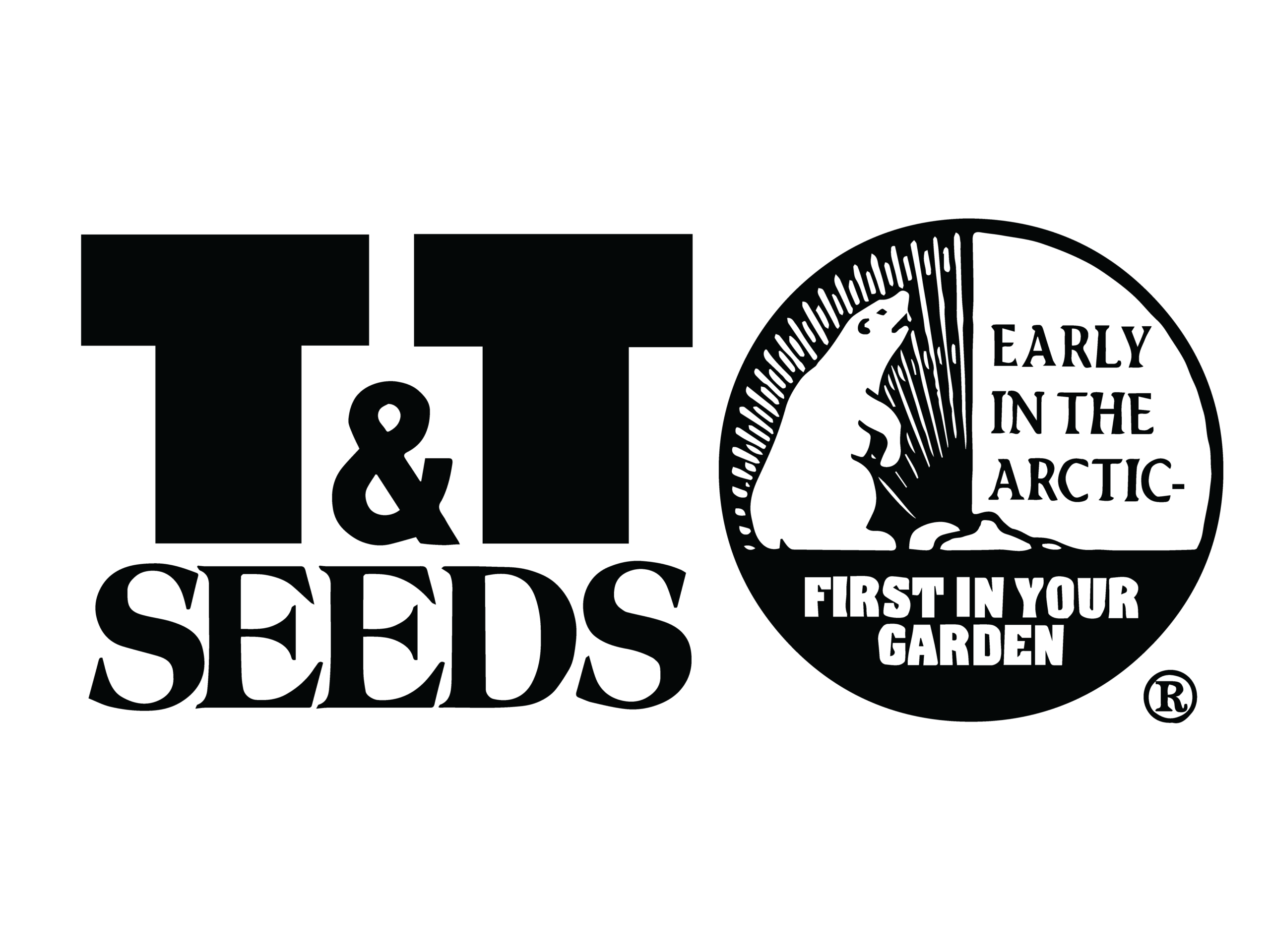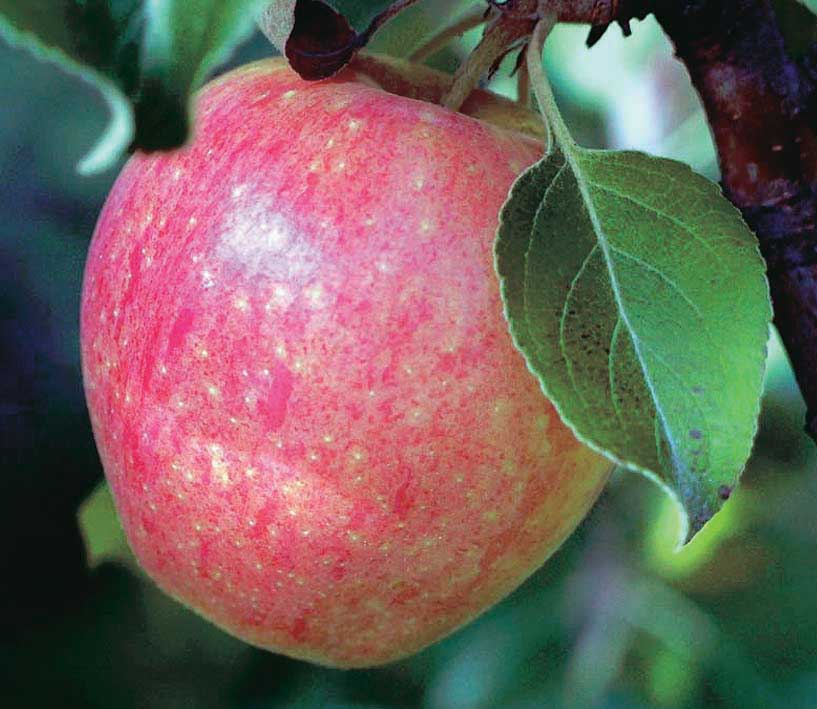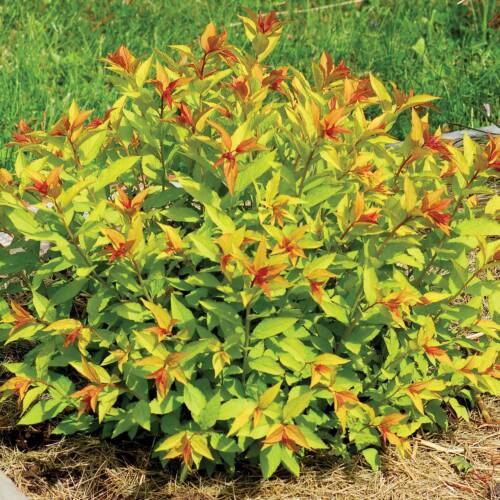Description
Derived from a Haralson and Rescue cross. It produces large fruit with a very pleasant apple/pear taste. Ripens late August. Semi-dwarf.
Some of the trees will be oversized (long) and will need extra shipping charges. If oversize shipped is required we will notify you before we ship the item in the spring.
Pollinating Information
Why Can’t Apple Trees Pollinate With the Same Variety?
The female reproductive parts of apple tree (Malus domestica) flowers, found in most varieties of apple, are only compatible with pollen from other another variety of apple tree. Not all species of apple tree require pollen from another variety of apple tree to produce fruit. Apple trees that do not need pollen from another variety of apple tree are known as self-fruitful varieties.
Fertilization
Apples form around the seeds of the tree after the stigma of a female flower is fertilized with pollen from the anthers of a compatible variety of apple tree. Apple blossoms are pollinated when pollen is transferred from the stem-like anthers near the petals of one apple flower to the pistils protruding from the center of another blossom through the work of a pollen carrying insect or animal. The success of fertilization depends on whether the female flower is receptive and the compatibility of the varieties. Female apple blossoms cannot recognize pollen from an apple tree of the same variety as a fertile source of genetic material.
Self-Fruitful Apples
Several varieties of apple tree can use pollen from an apple tree of the same variety to fertilize their flowers and produce fruit. Although self-fruitful apple trees can produce fruit without pollen from another variety, they produce more fruit if they are fertilized with pollen from a compatible variety.






